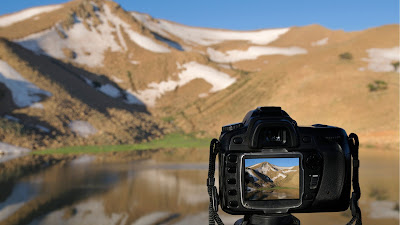Ram V Chary: Core Skills That Make a Graphic Designer Stand Out
Graphic design is a highly versatile and competitive field where success depends on a blend of creativity, technical skill, and a sharp eye for detail. Ram V Chary points out that aspiring designers need a range of core skills to create impactful visuals that resonate with clients and audiences alike. Here’s a breakdown of the essential skills every graphic designer should develop to excel in the industry.Creativity and Visual Thinking
Creativity is at the heart of graphic design. Designers need to envision compelling visuals that communicate messages effectively. This skill is not just about artistic ability but also about problem-solving and the capacity to approach projects from unique perspectives. Visual thinking—the ability to translate ideas into engaging designs—allows graphic designers to stand out by producing memorable and meaningful work.
Proficiency with Design Software
Graphic design relies heavily on tools like Adobe Photoshop, Illustrator, and InDesign, making software proficiency a non-negotiable skill. Familiarity with these programs enables designers to bring concepts to life efficiently, using precise tools to manipulate images, create illustrations, and craft layouts. Additionally, with the rise of digital and motion graphics, knowledge of tools like Adobe After Effects or Figma for UI/UX design is increasingly beneficial. Designers who stay current with the latest software are better positioned to meet evolving industry demands.
Attention to Detail
A keen eye for detail is critical in graphic design, where even the smallest error can detract from a piece's overall impact. Whether it’s selecting the right colors, refining typography, or ensuring alignment in layouts, attention to detail ensures that designs look polished and professional. It’s a skill that affects everything from readability to aesthetic appeal, helping designers produce high-quality work that communicates clearly.
Strong Communication Skills
Graphic design is inherently collaborative, requiring designers to work closely with clients, project managers, and other team members. Good communication skills help designers interpret client needs accurately, present their ideas effectively, and incorporate feedback productively. Clear communication ensures that everyone involved shares a mutual understanding of project goals, which results in designs that satisfy client expectations and meet project objectives.
Time Management and Organization
Graphic designers often manage multiple projects simultaneously, each with its deadlines and demands. Time management skills are essential to juggle these tasks efficiently while still delivering quality work. Organizational skills, such as maintaining clean digital files and following a project timeline, help designers stay on track and produce consistent results without feeling overwhelmed.
Adaptability and Willingness to Learn
The design industry is dynamic, with new trends, techniques, and tools emerging regularly. Designers who stay adaptable and open to learning can keep their skills relevant and expand their design toolkit over time. Exploring emerging fields, such as web design or animation, can also make a designer’s portfolio more versatile, increasing their appeal to prospective clients or employers.
By developing these core skills, aspiring graphic designers can build a solid foundation for a successful career. Ram V Chary notes that balancing creativity with technical expertise, detail orientation, and a commitment to learning allows designers to produce impactful work that meets industry standards and inspires audiences.
References:
_DEC2024_Week1_Blogspot_Image.jpg)
_NOV2024_Week1_Blogspot_Image.jpg.jpg)
_OCT2024_Week1_Blogspot_Image.jpg.jpg)
_SEPT2024_Week1_Blogspot_Image1.jpg.png)
_SEPT2024_Week1_Blogspot_Image2.jpg.png)
_AUGUST2024_Week1_Blogspot_Image2.jpg.png)
_AUGUST2024_Week1_Blogspot_Image1.jpg.png)
_JULY2024_Week1_Blogspot_Image1.jpg)
_JULY2024_Week1_Blogspot_Image2.jpg)











